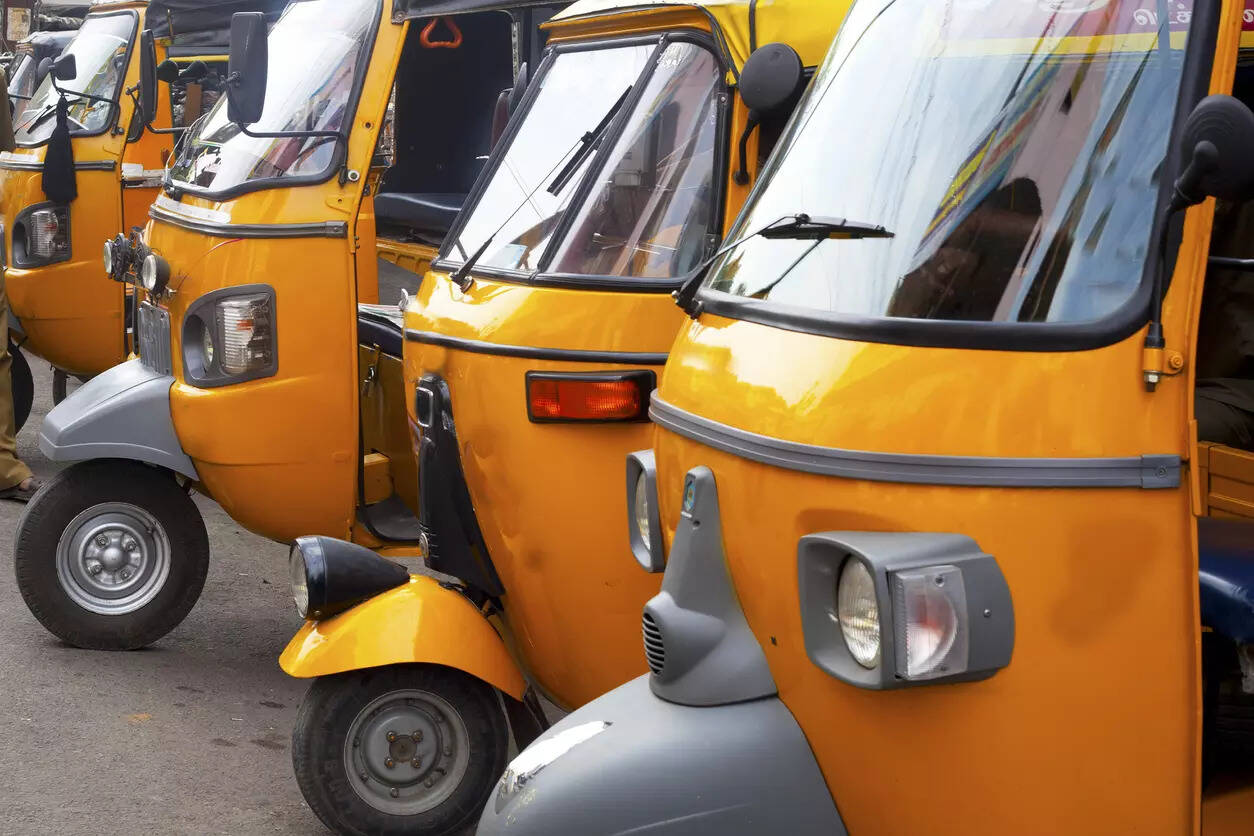
New Delhi: Daily commercial deliveries in India are expected to grow 40% annually by 2025 (GLG Insights 2021). As demand for urban freight delivery increases, a framework to ensure delivery of goods in every load range is pertinent.
Dual utilization of autorickshaws can not only overcome supply gaps in the freight ecosystem but can also provide an additional source of income to autorickshaw drivers, reports WRI India in a research paper titled ‘Assessing the Viability of Using Autorickshaws for Urban Freight Delivery in India’. Dual utilization of autorickshaws can raise driver incomes by about 15%, and mitigate carbon dioxide emissions by nearly 51.5% per trip, the paper indicates.
The study was to examine the potential impact and viability of using auto rickshaws for the dual purpose of transporting passengers and goods. As demand for urban freight delivery increases, a framework to ensure delivery of goods in every load range is pertinent. Currently, there is no vehicle category for transporting goods between 30 kg and 350 kg. The WRI India paper looks at the current Indian urban freight ecosystem and examines the market gap that can be filled by the dual utilization of autorickshaws. The versatility of auto rickshaws on Indian roads, their lower environmental impact compared to un-optimized cargo vehicles, complementarity with passenger trips, and their potential to generate higher income, make them a viable option for dual use.
The working paper was launched in the presence of O.P Agarwal, Senior Advisor, WRI India, at the India Habitat Centre. A subsequent interactive panel discussion explored the viability of dual use auto rickshaws and potential opportunities. The panel featured Pawan Kumar, Associate Town and Country Planner, Ministry of Housing and Urban Affairs; N Mohan, CEO, Delhi EV Cell (Transport), Government of Delhi; Shubhra Jain, Public Policy Manager, Amazon India and Pranav Goel, Chief Executive Officer, Porter.
WRI India conducted primary surveys in five cities — Bengaluru, Delhi, Hyderabad, Lucknow and Pune — with business owners, retailers, dealers, distributors and drivers, among others. The analysis suggests that dual utilization of autorickshaws can increase driver income by 15% and reduce the cost of logistics for Micro, Small & Medium Enterprises (MSMEs). About 72% respondents said they already make dual trips. This held true across regions, with close to three-quarters of respondents adopting dual utility in Bengaluru, Hyderabad and Delhi. The research also indicates that optimum utilization of passenger auto rickshaws for freight could potentially
reduce CO2 emissions by 51.5% on every trip.
Rohan Rao, Program Manager, Electric Mobility, WRI India, and the lead author of the paper, said, “This working paper lays the groundwork to enhance awareness on the concept of dual use of three-wheeler autorickshaws for
urban freight operations and provides initial solutions for its implementation. However, there is room for further study, especially regarding safety parameters, the design of autorickshaws, and exploring other micro mobility
options to facilitate goods transportation.”
N Mohan, CEO, Delhi EV Cell, said, “allowing passenger autorickshaws for goods transport needs regulations in place under the Central Motor Vehicles Rules. This report focuses on assessing viability for introducing such regulations through a framework to ensure safety, efficiency and scalability. This report is a good starting point, and the government will have to work with original equipment manufacturers (OEMs) to design dual utility vehicles. Consolidation of demand will also be a critical parameter to enable a practical application of this idea.”
Pranav Goel, Chief Executive Officer, Porter, said, “India has the capacity to save USD 3 billion annually by optimizing urban freight which directly aligns with the overarching vision of the National Logistics Policy of optimizing and reducing the current logistics cost in the country. Optimizing the usage of vehicles like three-wheeler autorickshaws, which are 50% emission efficient as compared to three/four-wheeler cargo vehicles, will enable the shift to low-carbon pathways – a critical element in helping India achieve the net zero target for 2070. In this light, the suggested dual utility of vehicles in urban context is encouraging, and we are ready to support the implementation of such initiatives.”
While current the regulations of The Motor Vehicles Act 1988 prohibit transportation of goods in contract carriages like autorickshaws, recent amendments to the Act in 2019 provide discretionary powers to the Central Government to develop a National Transportation Policy in concurrence with state governments, exempting specific vehicle categories from older regulations. This can enable nurturing of innovative applications in mobility and pave the way for regularizing dual utility of autorickshaws.

